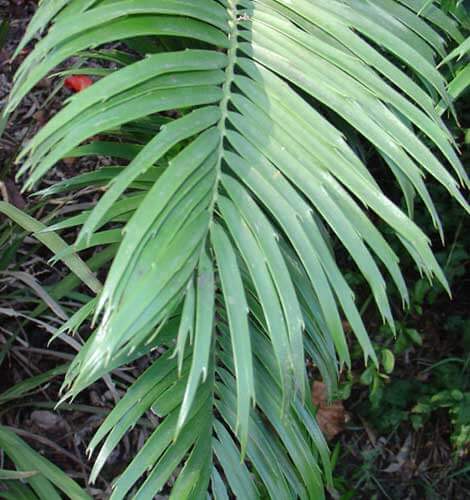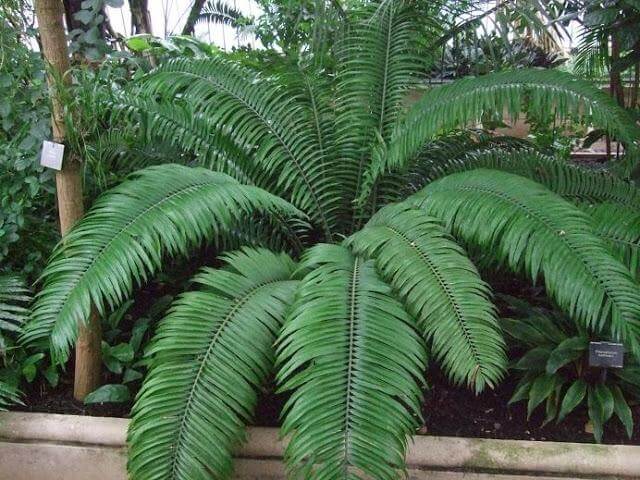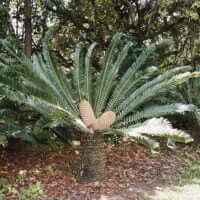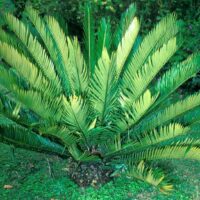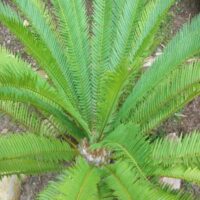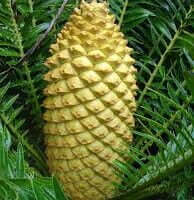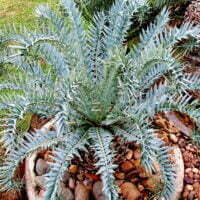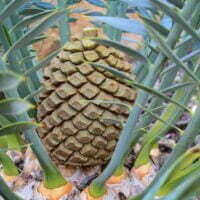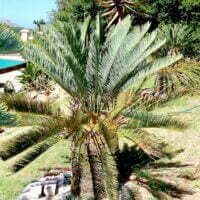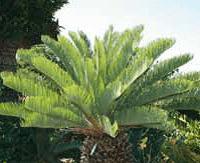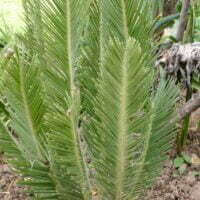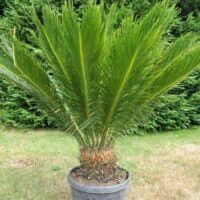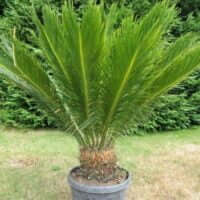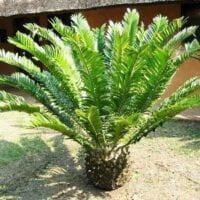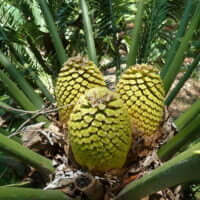| Botanical name | Encephalartos villosus |
|---|---|
| Plant Care |  Full Sun Full Sun – Prefers 6 or more hours of sun per day.  Half Sun Half Sun – Prefers 3 To 6 Hours of Sunlight a Day.  Frost Sensitive Frost Sensitive – Will Get Damaged and Possibly Killed During Periods of Frost.  High Watering High Watering – Requires Frequent Watering.  Low Maintenance Low Maintenance – Requires little maintenance.  Indigenous Indigenous – Originates in South Africa. |
| Size | |
| Categories | |
| Common name(s) | Poor man's cycad |
| Origin | |
| Foliage | It has a subterranean stem with large clusters of graceful, glossy, dark green leaves, up to 2m long, appearing to grow from the soil. |
| Uses in landscape design | Encephalartos villosus is a perfect plant for containers. |
| Other languages | stamlose broodboom (A) umgusa (X) umphanga (X) |
| Cone bearing | The male fruits are lemon-yellow and the female fruits a deep, glossy yellow. |
Encephalartos villosus (Poor man's cycad)
- Botanical name: Encephalartos villosus
- Common name(s): Poor man's cycad
- Categories: Cycads
Plant description:
It has a subterranean stem with large clusters of graceful, glossy, dark green leaves, up to 2m long, appearing to grow from the soil. The male fruits are lemon-yellow and the female fruits a deep, glossy yellow.
Family: Zamiaceae
Botanical Pronunciation: en-sef-uh-LAR-tos vil-OH-sus
Encephalartos villosus requirements and features
info on these icons
Moderate Maintenance
Requires moderate maintenance.
Prohibited Use Notice: No Data Scraping Allowed Except for Search Engine Indexing:
The content provided on PlantInfo.co.za is intended for personal, non-commercial use only. Unauthorized extraction, reproduction, or use of the data, including scraping, for any purpose other than search engine indexing is strictly prohibited. Violations of these terms may result in legal action. By accessing and using this website, you agree to comply with these conditions and acknowledge the legal restrictions on the use of our content.
It has a subterranean stem with large clusters of graceful, glossy, dark green leaves, up to 2m long, appearing to grow from the soil.
